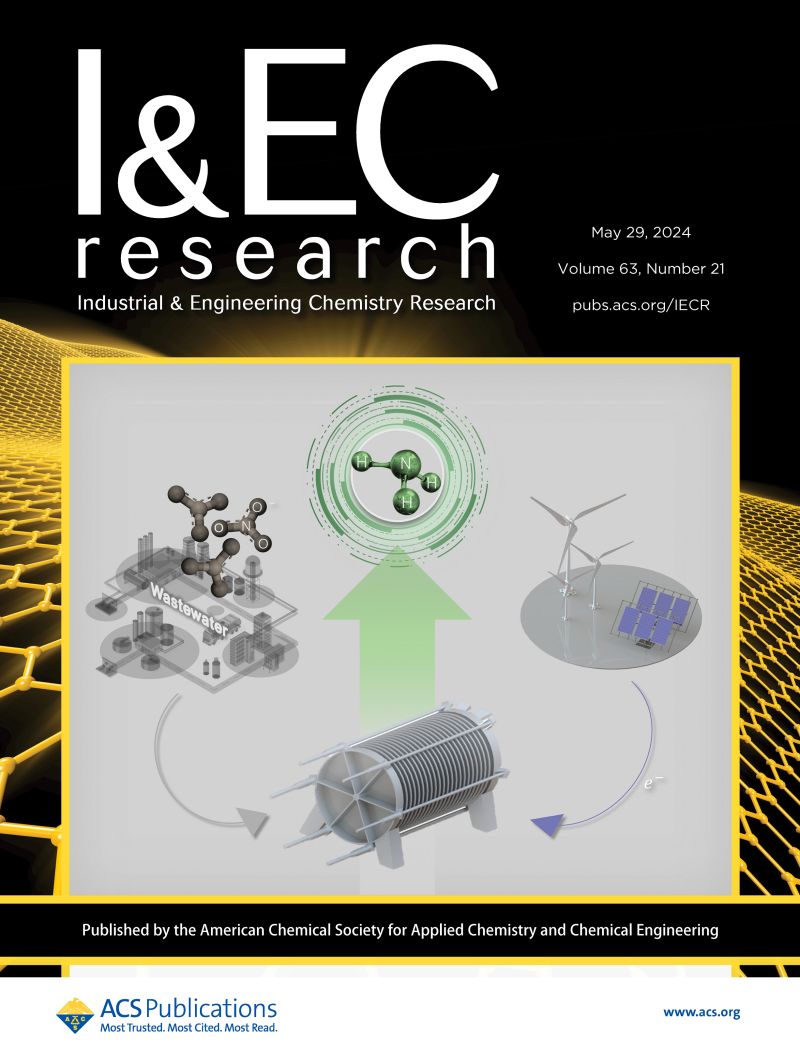Molecular Dynamics Simulations for the Prediction of the Conformational, Dynamic, and Thermal Properties of Poly(phenylsulfone) (PPSU) and Their Dependence on Molecular Weight
IF 3.8
3区 工程技术
Q2 ENGINEERING, CHEMICAL
引用次数: 0
Abstract
Atomistic configurations of model poly(phenylsulfone) (PPSU) systems, with molecular lengths ranging from N = 5 to N = 50 monomers, were thoroughly relaxed by subjecting them to detailed molecular dynamics (MD) simulations. We present results for their thermal properties, including the thermal expansion coefficient (aP) and the thermal conductivity (λ). Our simulation predictions for both properties align relatively closely with experimental values, and no significant correlation with the PPSU chain length was recorded. Prior to examining the thermal properties at T = 300 K, we conducted an extensive analysis of the thermodynamic, structural, conformational, and dynamic properties of these models in the molten state at T = 700 K. This provided valuable microscopic insights, such as the dependence of the mean-squared radius of gyration, mean-squared end-to-end distance, self-diffusion coefficient, and total relaxation time on molecular weight, which were subsequently correlated with the zero-rate shear viscosity. During the quenching process from high temperatures to ambient conditions, we estimated the glass transition temperature (Tg) of all model systems, and the predicted values relatively matched the experimental data within the expected range, considering the high cooling rates in the MD simulations. Our simulations effectively captured the important dependence of Tg on molecular weight.

求助全文
约1分钟内获得全文
求助全文
来源期刊

Industrial & Engineering Chemistry Research
工程技术-工程:化工
CiteScore
7.40
自引率
7.10%
发文量
1467
审稿时长
2.8 months
期刊介绍:
ndustrial & Engineering Chemistry, with variations in title and format, has been published since 1909 by the American Chemical Society. Industrial & Engineering Chemistry Research is a weekly publication that reports industrial and academic research in the broad fields of applied chemistry and chemical engineering with special focus on fundamentals, processes, and products.
 求助内容:
求助内容: 应助结果提醒方式:
应助结果提醒方式:


